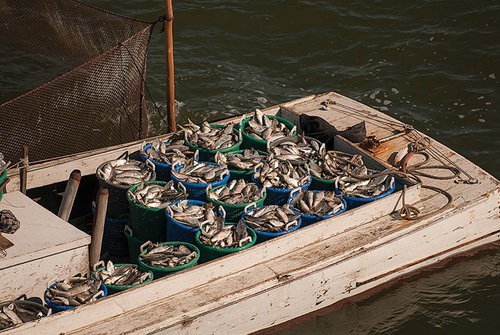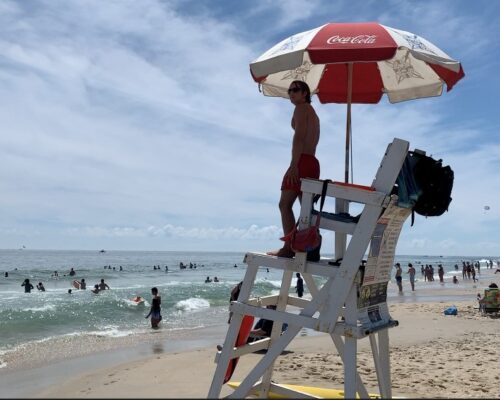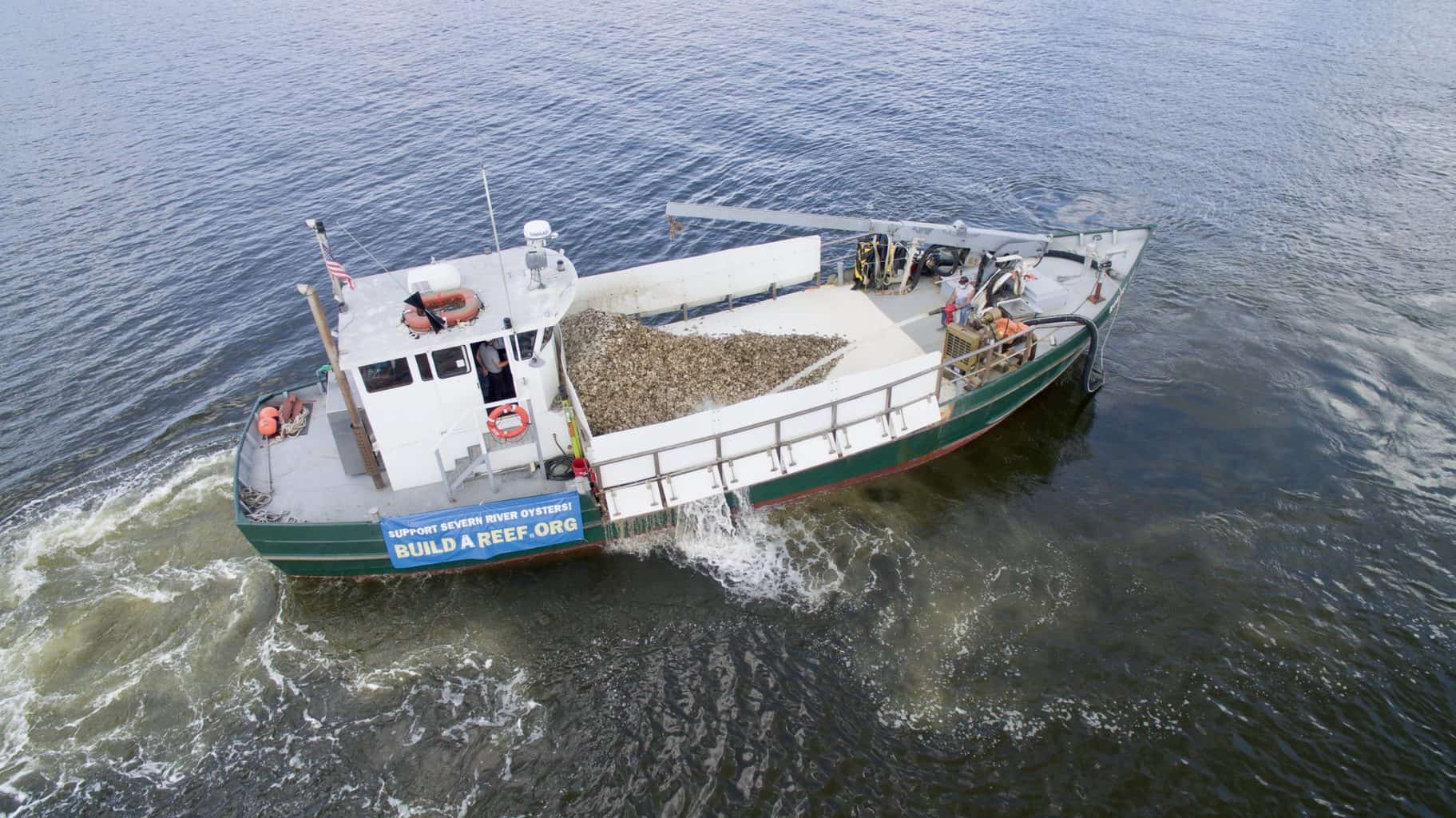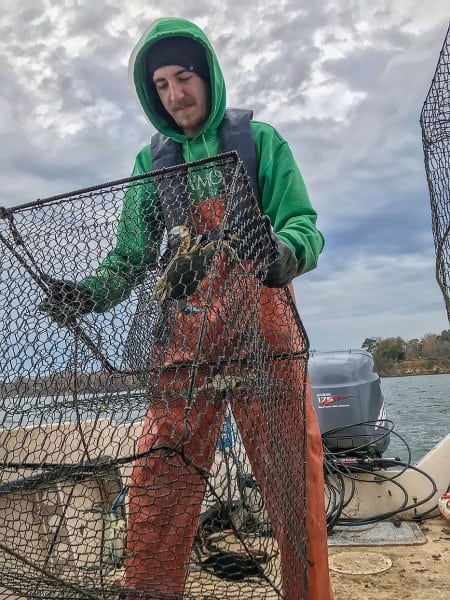It was conservationists versus the menhaden industry, when the Atlantic Menhaden Board met this week to vote on menhaden catch limits and ecological factors.
The board voted to punt on “Option E”, which would have begun a transition to ecosystem sensitive menhaden management and rather wait until the expected delivery of ecological reference points to guide them in 2019.
The new fisheries management plan, known as Amendment 3, gives the fisheries a total allowable catch of 216,000 metric tons for 2018 and 2019. That’s an 8% increase over the previous harvest limits.
The Atlantic States Marine Fisheries Commission (ASMFC) approved the harvest limit increase in a vote of 15-3.
The goal of the two-day meeting was to decide how much menhaden fisheries can take out of the Atlantic, and how much must be left for the fish the fish population to rebound from the harvest. Conservationists and recreational fishing groups were pushing for additional conservation measure in advance of the technical committee’s development of ecological reference points, which are expected in late 2019. Their hopes are to ensure an adequate reserve of these forage fish to support other marine and bird life.
Right now, the harvest limits only account for the number of menhaden needed to sustain its own species (known as “single species management”). Environmentalists argue that the menhaden is so important as prey that it can’t be viewed as only a single species to manage. A shortage will throw the whole food chain off.
Conservation groups like the Chesapeake Bay Foundation, the Pew Charitable Trust, and the Coastal Conservation Association had strong reactions against Monday’s vote, saying ASMFC is simply sticking with “the status quo,” instead of taking an opportunity to help the ecology now.
“This decision by the Menhaden Management Board is simply shocking,” said Richen Brame, Regional Fisheries Director for Coastal Conservation Association. “The Board had a historic opportunity to positively impact not just the management of menhaden but also the future of iconic species such as striped bass, bluefish, king mackerel as well as a host of birds and marine mammals. Today’s vote was a misguided step in the wrong direction, and really a step back in time when it comes to marine resource management.”
But the Chesapeake Bay Foundation also points out one victory: Amendment 3 does away with quota rollovers that allow unfilled yearly quotas to be caught the following year. CBF Senior Regional Ecosystem Scientist Chris Moore said, in a statement:
“There was a significant victory for conservation at ASMFC this week, despite our disappointment that the Commission will not immediately adopt catch limits based on menhaden’s role in the food chain. Reducing the Chesapeake Bay reduction fishery harvest cap protects an important nursery ground.
The ASMFC prohibited quota rollovers, a longstanding concern because they can inflate catches to unsustainable levels. These are important steps in the right direction, and reflect the overwhelming public concern apparent this week.”
While the menhaden is a stinky, oily little fish, and you won’t find it served in restaurants, it makes for a a booming business nonetheless. The Atlantic menhaden industry is made up of two fisheries: the reduction fishery, in which menhaden are processed into things like fish oil or fish meal, and the bait fishery, in which menhaden provide bait to other (mostly commercial) fisheries.
The last time ASMFC amended the Fisheries Management Plan, menhaden were being overfished, potentially throwing off the balance of the food chain. But the latest benchmarks of menhaden stock, taken in 2015 and 2017, find that menhaden are no longer being overfished. “The resource is abundant and healthy,” says Tina Berger, spokesperson for ASMFC.
ASMFC has been working since 2015 on Amendment 3 to the Atlantic Menhaden Fisheries Management Plan. The commission gave the public an opportunity to comment over several months, holding 15 public hearings, and receiving more than 158,000 written public comments. Those public comments, according to the board, played a key role in its decision not to adopt ecological reference points yet.
“While the Amendment maintains the current reference points, the Board placed the development of menhaden-specific ecological reference points as its highest priority. While the Board’s action was not supported by the majority of public comment received, it is still a conservative management action relative to our understanding of stock status and many of the positive signals we see in the current stock conditions,” said Board Chair Robert Ballou of Rhode Island.
Amendment 3 also changed the allocation of catch limits between the 15 Atlantic coastal states, to strike a better balance between gear types and jurisdictions. All 15 states get a baseline quota of 0.5%, and the rest is allocated based on historic landings.
So what’s next? States must submit implementation plans to the Commission by January 1, 2018 for final implementation by April 15, 2018.




